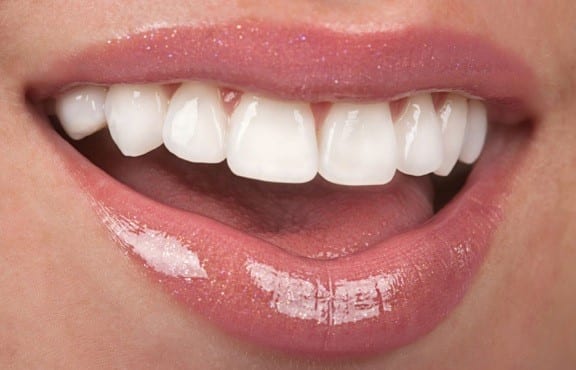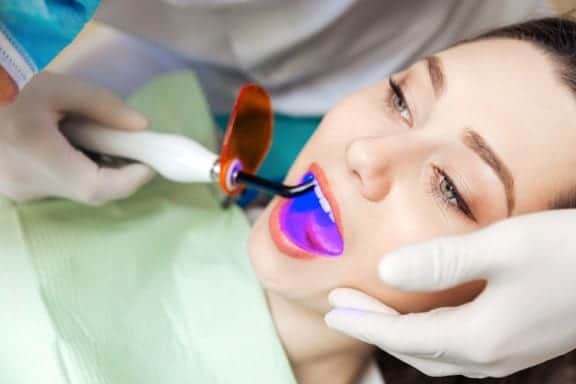
Maybe you fell off while riding a bike. Or perhaps you bit into the tough crust of a particularly burnt piece of pizza. However it happened for you, a chipped tooth here and there isn’t uncommon. When it comes to your mouth, however, a blemish or break in even just one tooth can have a big effect on your whole smile.
So what do you do? There are plenty of options, but many of them probably seem too extreme or time-consuming for a chipped tooth. Luckily, any patient can fix cosmetic issues in their smile in one appointment with cosmetic bonding.
What Is Cosmetic Bonding?
Cosmetic bonding is the process of applying resin to misshapen or discolored teeth. Bonding helps to produce an even, bright smile.
Many patients chose cosmetic bonding because it is not only relatively inexpensive but – as mentioned above – it can also be done in one appointment. The process only requires minimal work to the actual tooth. Most of the procedure is focused on adding and shaping materials that coat the tooth. An anesthetic is not even needed, and the procedure is completely painless.
Bonding is a similar process to getting veneers. However, veneers are typically more expensive and take more time because the veneers are custom made in a laboratory after an initial appointment. Veneers also require dentists to remove more of the patient’s tooth before they are applied.
Who Can Benefit From Cosmetic Bonding?
Cosmetic bonding can help patients who have any of the following issues with their smile:
- Decayed teeth
- Chipped or fractured teeth
- Discolored teeth
- Misshapen teeth (one tooth is too short, etc.)
- Teeth with larger gaps
Missing teeth, or having multiple teeth in one area of the mouth that need work, may require a different procedure like crowns or bridges.
What Is the Process Like?

Before the procedure begins, your dentist will discuss the goals of the cosmetic bonding and the different shades and materials available. Usually, a composite resin is used for cosmetic bonding. A shade will be chosen to match the rest of your teeth.
The dentist will then etch the outermost layer of your tooth. This etching will not hurt, and will simply provide a rough surface where the bonding agent can be applied. A conditioning liquid will be applied to help the resin stick.
Then the resin is applied. The resin will initially look like putty, and is molded onto the teeth to create the best shape. Once the dentist is satisfied with the shape, they will use an ultraviolet light to harden the material. The tooth is then further shaped, trimmed, and polished… and then you’re done!
The entire process generally takes no more than an hour. If you’re having more than one tooth treated, however, the procedure will take longer.
Caring for Your Teeth after Cosmetic Bonding
The resin used in cosmetic bonding should be treated like any other tooth. That being said, for the first 48 hours after having the procedure, patients should avoid coffee, cigarettes, and other substances that cause staining. After 48 hours have passed, patients should continue their normal routine of brushing, flossing, and visiting the dentist every six months.
Cosmetic bonding can usually last for up to 10 years, but may need to be replaced over time. Talk to your dentist about how you can keep bonded teeth strong, and what habits or foods will contribute to breaking the bonding down over time.
If you would like to know more about cosmetic bonding or related procedures, make an appointment today.






